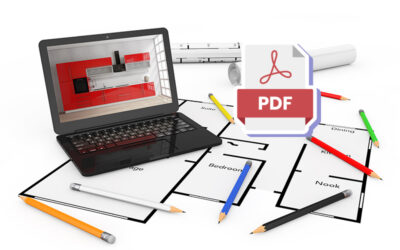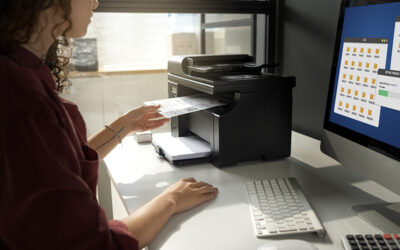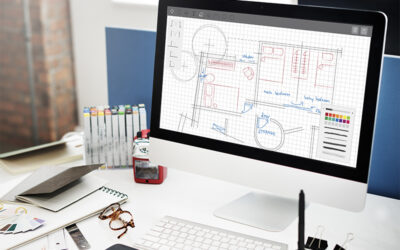Like archiving important business documents, it’s also important for families to archive their photo history. There will be billions of lonely family slides gathering dust in closets and attics around the world, because a family will have many memorable moments such as vacation pictures, photos of grandfathers and grandmothers, childhood videos, family marriage functions, birthday occasions, various places that you or your parents have been to, and so on. Instead of storing as printed versions or hard copies, it is safer to archive such slides, photos and documents by converting them into electronic format and storing the files in your computer or the cloud. These archived family slides would help the current and future generations to realize the richness and depth of their family’s history. However, to convert them into electronic format, you can use scanners to scan those hard copies and save them digitally. If you have to scan bulk documents and convert them into the required formats, rely on an experienced document scanning company.
Quick Steps for Archiving Family Slides
Are you having boxes full of old photos? Then follow these quick steps to archive your family photo history and preserve them for future use. The steps include:
- Organize Before You Digitize:When deciding to archive your family slides, you are bound to be excited and would want to jump right in and start scanning. But before scanning, take some time to organize, because you don’t want to end up in a big disorganized digital mess. For that you have to:a. Gather your Family Slides in a Place: Bring all your slides and photos in a place with a large, flat surface that you can leave messy for a while.
b. Determine the Important Family Slides that need to be Archived: You might come across a lot of family slides, because slides were relatively inexpensive to make, and many family photographers would have saved a lot of memories through it – even multiple slides of the same scenario may be present. To make the archiving an enjoyable and useful task, the first step is to determine the slide that you need to save. Take your time and choose the best one to digitize.
c. Record the Information on the Slide Box: Once you have determined the best slides for archiving, move them to a box, plastic carousel or paper cardboard mount. Mark the box – using an archival acid-free pen – with information such as people pictured in the slide, as well as the date, event and place the slide depicts. - Be Equipped To Digitize Like A Pro: Though it is better to leave bulk document scanning with experienced document scanning services, if you wish to do it yourself, follow certain steps, such as:a. Get a flatbed scanner with film option as it can accommodate larger prints and have good scanning features like photo edge reduction and photo enhancement. A good flatbed scanner is ideal for large and fragile photos and will also scan paper and film. For the best results, make sure you do the following:
i. Scan at a higher resolution than print photos
ii. Set your scanner for film transparency.
iii. Wear white cotton gloves when handling film.
iv. Clean the glass scanner bed with a soft microfiber cloth. While cleaning, spritz glass cleaner on the cloth-never on the flatbed.
v. Use a photographer’s lens brush to gently blow dust from the slide surface and avoid canned air that may include damp spray.b. If you have thousands of photographs to be scanned, then getting an auto feed scanner is ideal, as it is a fast and highly reliable option.
c. Small volumes of family slides can be captured with good quality smartphones and tablets, as we can use the scanning apps in them that have features like edge detection, perspective transformation and cropping. This method does not require any high resolution and it is an easy and quick method. - Decide on Storage: Once you have scanned the necessary family slides, decide on the storage. For storing the digitized images, the main options you have is to store it on your computer, external devices or in cloud storage. Once you have stored your digitized images, you also have to safely preserve your mounted slides.
For storing slides safely with minimal expense and fuss, many people used to consider plastic carousels. Though the materials used in such plastic carousels don’t typically harm the slides, and actually keep them from rubbing together, these carousels can be bulky and hard to store. So to save space, transfer your slides to archival-safe plastic polypropylene slide pages. You can store those pages inside an acid-free binder and/or cardboard box for easy viewing and access. Also try to store your slides in a cool location. A closet shelf on an inside wall is often a good location to keep your family slide safe, as it will keep your slides away from light, heat, and moisture.
Now that you have your digital archive of your family’s slides, you can share it on an online platform and enjoy it.
Today, with state-of-the-art technology, trained professionals, and superior document scanning equipment such as those provided by a good document scanning company, preserving valuable documents for posterity has become easier. So, make backup copies of all scanned documents to guard against any possible loss. As many families have legendary tales, preserve it for future generations.




